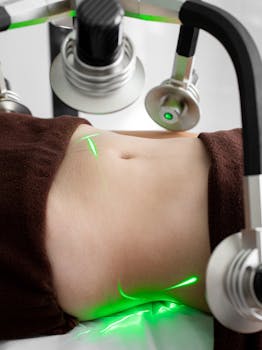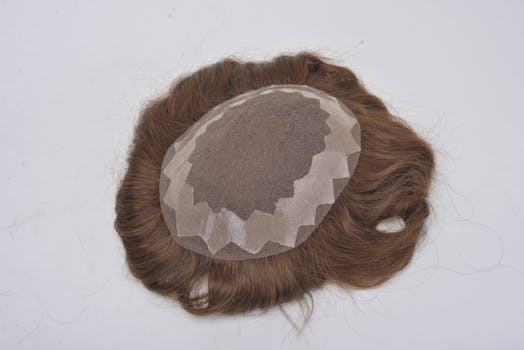Many people live with visible facial scars that tell a story—whether from acne, surgery, injury, or burns. Understanding the pros, cons, and realistic results of treatments can help you make informed choices about whether to pursue revision or embrace the mark as part of your identity.
Scars on the face: what they are and why they matter
Scars form as the skin repairs itself after injury. The appearance of a scar depends on depth, location, genetics, and how the wound was treated early on. A scar across face, for example, may attract more attention than a small chin imperfection, affecting social interactions and self-image. Scarring can be flat and pale, raised and firm (hypertrophic), or extend beyond the original wound (keloid), each with different management strategies.
Pros: unexpected positives and reasons some people keep scars
While scars are often seen as undesirable, there are situations where they offer advantages:
- Personal meaning: scars can mark survival, milestones, or life events and become an accepted part of identity.
- Less sensitivity: long-settled scars may feel numb or less reactive than surrounding skin, reducing discomfort from environmental triggers.
- Uniqueness: a distinctive feature can set a face apart in a memorable way.
- Lower risk after healing: well-healed scars generally indicate that the skin barrier has been restored, reducing infection risk at that site.
Cons: why many seek treatment
There are also clear downsides to facial scarring. A scar across face can create functional issues if it crosses joints or muscles, limiting movement or causing tightness. Many scars itch, ache, or remain tender long after the injury. Psychologically, visible scars can contribute to lowered self-esteem, social anxiety, or unwanted attention. Additionally, some scars (notably keloids) can continue to grow or become more prominent over time.
Treatment options: non-surgical and surgical approaches
Treatment choice depends on scar type, skin tone, and goals. Non-surgical options include topical silicone sheets and gels, pressure therapy, steroid injections for raised scars, laser resurfacing to even texture and color, and microneedling to stimulate collagen remodeling. For acne scarring, chemical peels and targeted resurfacing are often helpful.
When scarring is deep or structurally limiting, surgical revision may be recommended. Techniques range from scar excision and realignment to tissue rearrangement with local flaps or grafts. Fat grafting combined with scar release can restore volume and soften tethered scars; when considering cosmetic procedures beyond the face, some people research related options and costs such as fat transfer breast augmentation cost and what to expect to understand recovery and expectations for autologous fat transfer.
What results you can realistically expect
Complete removal of a scar is rarely possible; the realistic goal is improvement in texture, color, and contour so the scar is less noticeable. Many treatments require multiple sessions and months to show optimal results because scar maturation can continue for 12–18 months. Raised scars often flatten with steroid injections or laser treatments, while atrophic (pitted) scars improve with fillers, microneedling, or subcision. Discuss expectations with a dermatologist or plastic surgeon who can show before-and-after examples for similar scar types.
Practical aftercare and timing
Early wound care affects long-term outcomes: keep wounds clean, avoid tobacco, protect the area from sun exposure to minimize pigment changes, and follow your clinician’s guidance on sutures and dressing changes. For scars that are early and red, topical silicone and gentle massage can make a meaningful difference. If you’re evaluating revision months to years later, plan consultations when swelling has settled and the scar has matured.
- Start sun protection immediately to prevent darkening of scars.
- Be patient: visible improvement can take many months.
- Seek evaluation for keloid-prone skin early, since prevention and early treatment work best.
Frequently asked questions
Q: Can a scar across face be completely removed?
A: Complete eradication is unlikely. Most treatments aim to make the scar less noticeable and improve function or texture. Multiple modalities are often combined for the best result.
Q: How long before I see final results after scar treatment?
A: Scar remodeling is slow—many interventions show progressive improvement over 3–12 months, with full maturation sometimes taking up to 18 months.
Q: When should I consult a specialist?
A: See a dermatologist or plastic surgeon if a scar causes pain, limits movement, grows (possible keloid), or if you are distressed by its appearance and want to explore treatment options.
For further authoritative information on scar biology and management, see the NIAMS overview on scars: NIAMS: Scars — causes and treatment.






